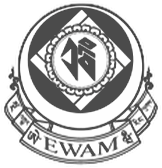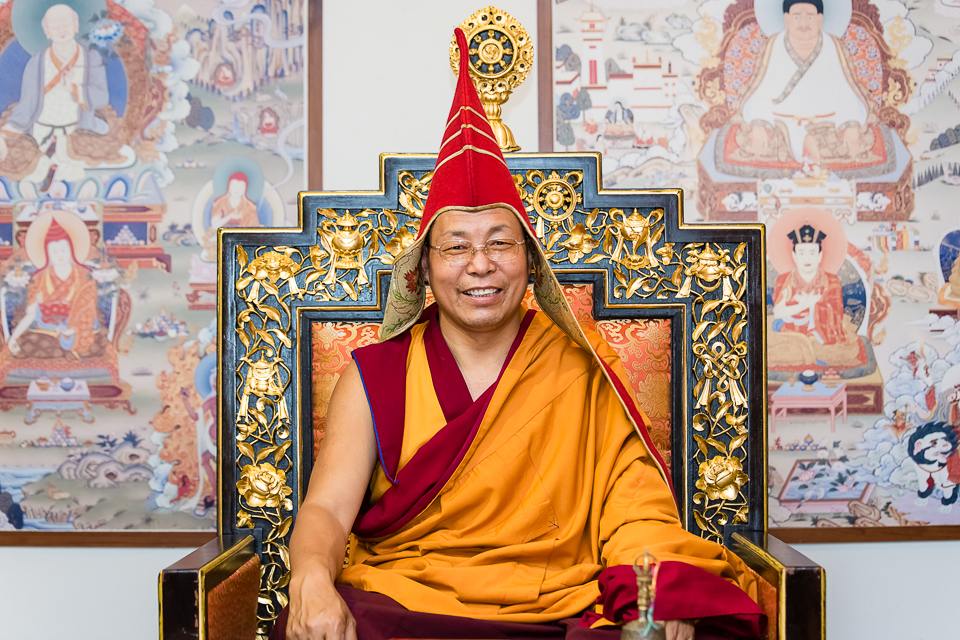
Namchag Khen Rinpoche Ngawang Gelek
Namchag Khen Rinpoche Ngawang Gelek was born in 1966, the fire horse year of the sixteenth sexagenary cycle, to his father Lama Namchak Tashi and his mother Peya. From an early age he too showed a propensity for virtuous activities, and showed interest only in the sacred dharma. Their noble father taught him to read and write, and to perform the majority of our liturgies and rituals. He also memorized the four tantras of the medical tradition and other texts and became proficient at identifying medicinal plants and preparing them. In addition, he learned the chants, melodies, and music for our own Namchak tradition from Tashi, the chief chant master of Ngangzo Monastery.
During the winter, Khen Rinpoche stays in Nepal and India at Ewam in Asia and leads nuns and others through practices during retreat. During the spring, summer and fall, he spends his time at the Garden of One Thousand Buddhas teaching western students Buddhist philosophy, preliminary Tibetan Buddhist practices and leading retreats. Sang-ngag Rinpoche and Khen Rinpoche are the founders of the Ewam Buddhist Institute whose classes and landmark summer shedra are held at the garden.
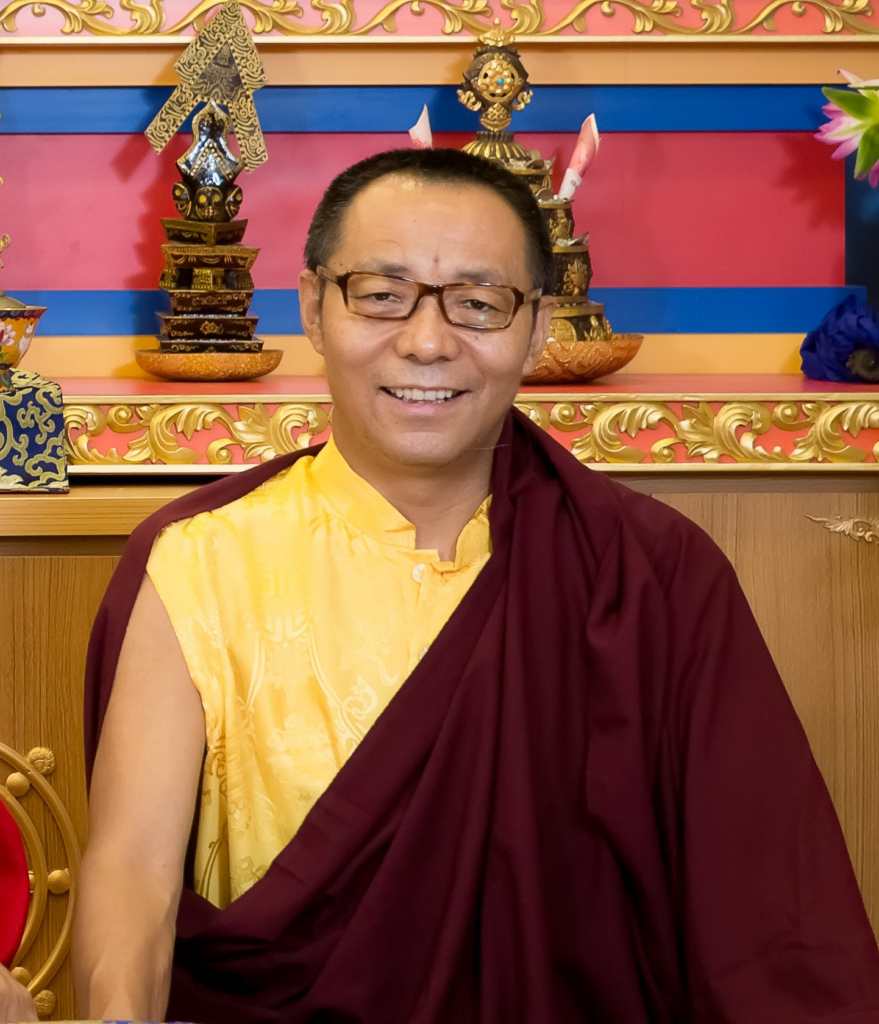
Namchak Dorje Loppön Chökyi Lodrö
Namchak Dorje Loppön Chökyi Lodrö was born in 1962, the water tiger year of the sixteenth sexagenary cycle, to his father Lama Namchak Tashi and his mother Peya,1 leaving the confines of her womb during the end of a lunar eclipse. From an early age he showed a propensity for virtuous activities, and showed interest only in the sacred dharma. He began learning reading and writing, as well as the performance of rituals, from his father. He then spent five years at the school established by the local government at Kyilkhar, and two years at the Gyang Ngönchu school.
In 1994 he went to Taiwan and initially founded the Namchak center of Purpa Ling and then, over time, expanded with the addition of several Ewam centers, including the founding of a new Ewam center in Hong Kong. All this serves to illustrate the enormous undertaking he has carried out for the teachings and for beings. In addition, he ensured great benefit for many groups of students.
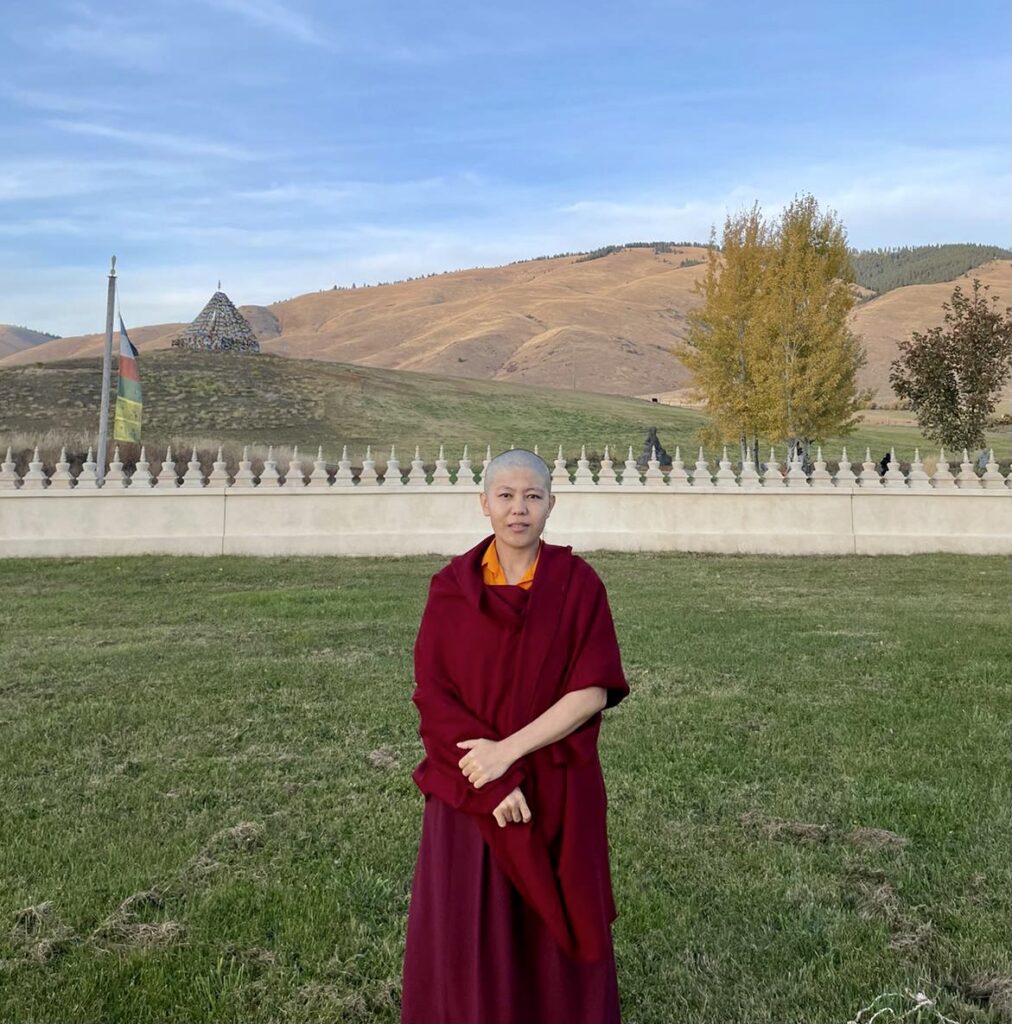
Jetsunma Jamyang Yeshe Palmo
Jetsünma has spent nine years in a shedra program and seven years in a retreat center, listening to teachings, contemplating them, and meditating on a continuous basis. In such ways she provides an exceptionally praiseworthy and inspirational model for women nowadays. It was for this reason that Tulku Sang-ngag Rinpoche offered her the honored title of Jetsünma, as director of the study and practice centers of Turquoise Leaf Nunnery and Kusum Khandro Ling. To those in the study center she taught the tantra Magical Web: Heart Essence of Secrets, The Detailed Explanation of the Eight Commands (Kagyed Namshey), The Trilogy of Genuine Mind (Nyuksem Korsum), The Treasury of Enlightened Qualities (Yönten Dzöd), and other texts. In the three-year retreat program she has given personal teachings on everything from the preliminaries through the stage of development, the stage of completion including tsalung and the six advanced yogas, and the Dzogchen approaches of trekchö and tögel including the teaching manual Yeshe Lama and other texts. She has given explanatory teachings to the general community of nuns on mental training (lojong), as well as monthly seminars to benefit others. For her own benefit, she upholds an ongoing practice. From any point of view she is seen to be excellent, and it is Rinpoche’s hope that she will prove to be uniquely qualified to be entrusted with upholding this dharma lineage in the future.
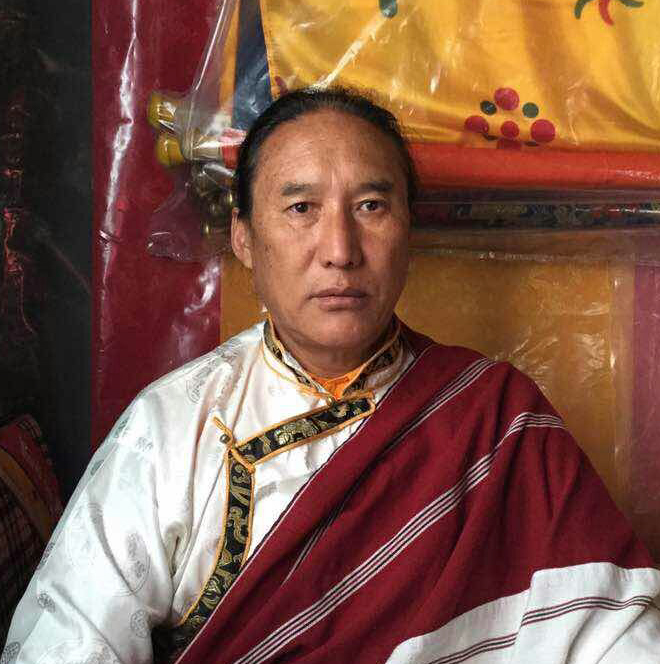
Drüpon Lama Karma
Venerable retreat master (drüpon) Lama Karma was born in Tashi Yangtse region in eastern Bhutan near Pemaling, a sacred hidden site of Padmasambhava. His life of spiritual practice was rigorously trained and engaged in very strict retreats under the guidance of his root teacher Terton Pedgyal Lingpa Rinpoche and the prophesized Dharma holder, Lama Naljorpa Rinpoche for many years. To mention a few of his strict meditation retreats, he spent: eight months at Long-Nying Choling Monastery, three years at Tashi Yangtse Charnel Ground, two years at the snow peak of Pema Ling, the sacred site of Guru Rinpoche, two years at Sengye Dzong, six years at Phurpaling, and three years as a retreat Master at Paro Pema Yangdzong retreat center. He also continues with three months strict retreat annually in addition to teaching and presiding over various drupchens and drupchods in Pedgyal Lingpa affiliated monasteries in Bhutan.
